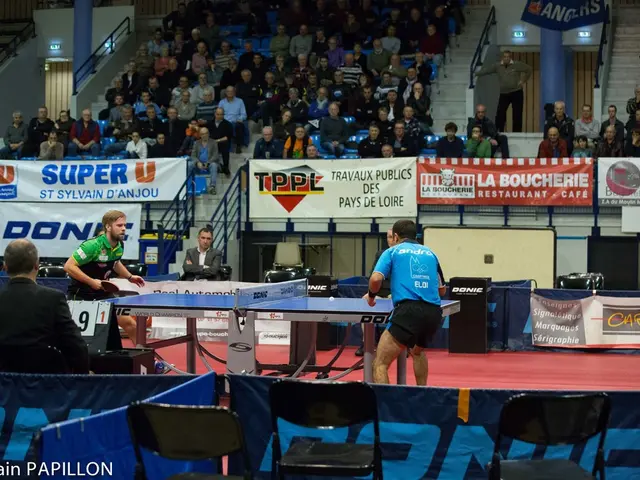Investigative Fiction and the "Intermediate-Level" Literature Scene
A mystery author, who published an academic monograph on middlebrow literature, recounts an encounter with a literary agent that spurred a reflection on the nature of middlebrow fiction and its role in detective novels. During a conversation about selling his Golden Age-inspired mystery novel, the agent dismissed it as "middlebrow" and expressed disdain. Initially perplexed, the author found this label intriguing, as they hadn't considered mystery fiction as an especially middlebrow genre.
To understand the concept of middlebrow, one must look back to the 1920s in the United Kingdom and the 1950s in the United States, during which the term gained prevalence. Middlebrow culture often presents an idealized, just world that belies its status as wish-fulfillment fantasy. Unlike popular or mass culture, middlebrow culture tries to disguise its nature by borrowing aspects from high culture, giving the impression of presenting an accurate depiction of reality. This pretense can be misleading, making it dangerous for those who take it at face value.
The author's novel, inspired by Anthony Horowitz, Alex Pavesi, and Kate Atkinson's works, features self-conscious references to the detective novel tradition, particularly Agatha Christie. By doing so, it mirrors high-cultural postmodernism's tendency to engage in self-referentiality, albeit in a more accessible manner. Similarly, the novel follows a formulaic plot, highlighting the just world where the culprit is unmasked and justice is served, a hallmark of the middlebrow.
The self-referential nature of detective fiction is not new. Golden Age novels often reveal themselves as clever puzzles rather than accurate representations of reality, with characters frequently acknowledging their own roles within the narrative. Scholars have even classified some novels in the Golden Age tradition as middlebrow, viewing Raymond Chandler's criticisms of the Golden Age style as an attack on middlebrow literature.
Despite potential criticisms, the author ultimately embraces their middlebrow leanings. While they acknowledge that taste is subjective, the author admits to taking pleasure in works that skillfully blend high cultural tropes with popular storytelling elements. Moreover, they find comfort in the formulaic plots common to detective fiction, even while acknowledging that this genre's vision of a just world may not always align with reality. In the end, the author managed to secure an agent and a publisher for their middlebrow detective novel.
The author's fascination with the middlebrow genre expanded beyond detective novels, finding resonance in various aspects of life. For instance, they began to appreciate fashion-and-beauty magazines that contrived an aspirational lifestyle, yet subtly borrowed high-cultural references. Similarly, certain books they encountered, presenting engaging narratives wrapped in intellectual discourse, could be categorized as middlebrow literature. Lastly, the author discovered a newfound interest in sports, specifically sports-betting, as it revolved around probabilities and calculated risks, mirroring the predictable narratives often found in detective novels.








